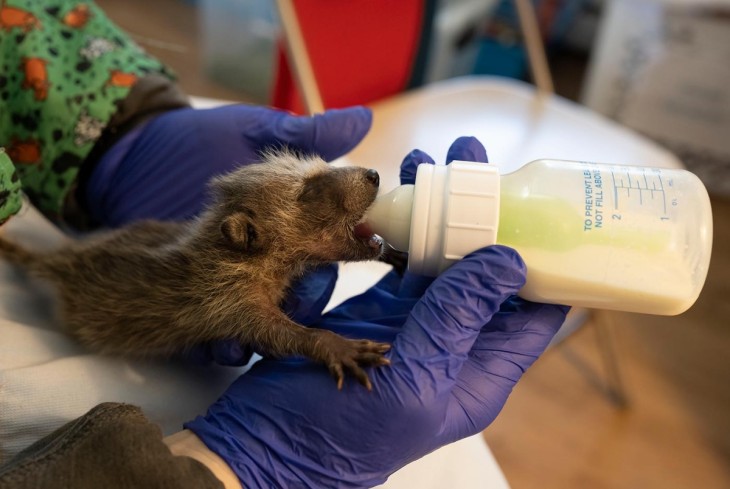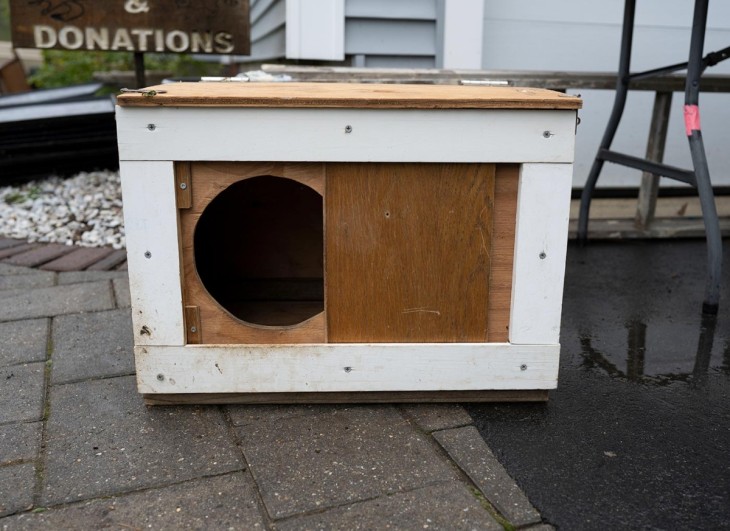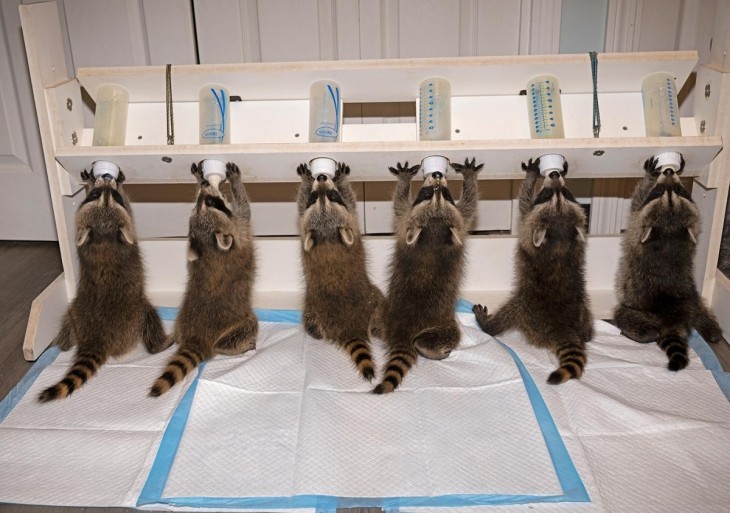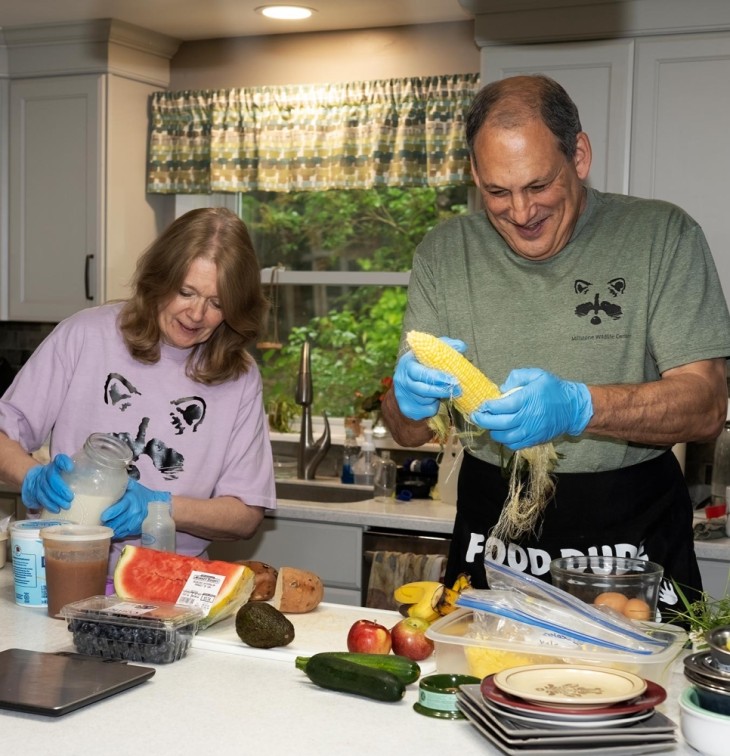
The calls come in day and night, from homeowners, people working in the woods, and passersby on dirt roads and busy highways. They’ve found an injured fox or an orphaned squirrel or a furry cluster of raccoon kits in the chimney, and they are wondering what to do next.
“First and foremost, if you find an animal in distress, call a wildlife rehabilitator,” said Jackie Robidoux, a wildlife photographer (and retired nurse) who has volunteered with Millstone Wildlife Center in Windham, New Hampshire, since 2021. “Don’t touch them, don’t feed them, don’t go near them – until you can get instructions from a licensed rehabber.”
Millstone, founded in 2015 by Frannie Greenberg, is a nonprofit wildlife rehabilitation center, licensed by the state of New Hampshire to work with mammals. (Obtaining a rehabilitator license requires specialized training, and it is illegal for people to keep or care for wild animals without a license.) Greenberg and her husband Michael lead a corps of more than 25 volunteers who provide round-the-clock care at the center, which may have upward of 120 animals at a given time, including injured or diseased adult animals and many young orphans.
When orphans come in, rehabilitators keep them warm, feed them specialized formula, and gradually move them from incubators to larger inside spaces and then to outdoor enclosures. Along the way, rehabbers provide a setting where the growing youngsters can learn to climb, dig, and do what they instinctually want to do. Working with a local veterinarian, Millstone rehabbers also vaccinate the animals in their care against parvo, distemper, and rabies.
Below are Robidoux’s photos of Millstone Wildlife Center’s work with more than two dozen baby raccoons during this past summer, a feat that required mass feeding solutions and extensive volunteer time. During this period, the rehabbers were also caring for scores of other orphaned animals, including cottontail rabbits, skunks, and opossums.
The goal, always, is to release these animals – grown and healthy – back to the wild.
“They belong in their own habitat – outdoors, as part of the natural ecosystem,” Robidoux said. “After dedicating your time and caring for these animals, seeing them run free fills the heart with true joy.”







What to Do – and What NOT to Do – If You Find an Animal in Need
DO call a licensed wildlife rehabilitator. Check with your state’s fish and wildlife department or local humane society to help find a rehabber. Jackie Robidoux and Frannie Greenberg also recommend downloading the free smartphone app Animal Help Now, or accessing rehabilitator location information on their website.
DO NOT touch the animal. Wild animals may carry viruses, bacteria, and parasites that could be transmitted – and harmful – to humans. Rabies testing can only be done on a deceased animal. For that reason, if a person improperly handles an animal whose species may carry rabies, wildlife officials must euthanize that animal.
DO NOT feed the animal. Feeding an injured, malnourished, or dehydrated animal can harm or kill it.


